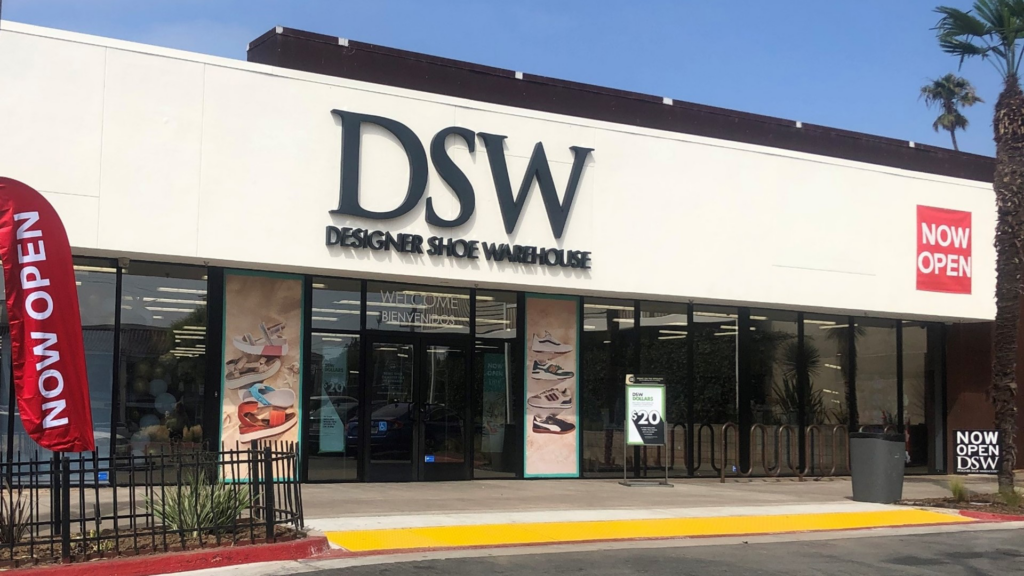Opportunities Emerge in L.A. County Retail Market Despite Slow Recovery
Retail sector grapples with rising vacancies, ongoing bankruptcies, and shifts in leasing dynamics; investor interest in prime locations remains strong despite overall challenges.


MARKET OVERVIEW
L.A. County’s retail market recovery, four years post-pandemic, continues at a slow pace. In Q2 2024, the retail sector saw another uptick in the vacancy rate, rising 20 basis points quarter-over-quarter and remaining flat year-over-year at 5.7%. While leasing volume saw a 3.3% quarter-over-quarter increase, it came in 13.0% below last year’s leasing volume for the first half of 2024, totaling 2,971,946 square feet.
Bankruptcies among popular retail chains, including 99 Cents Only Stores, Rite Aid, and reports of Big Lots possibly following suit, are ongoing. Retail bankruptcies have become exceedingly common, compounded by revenue loss and further aggravated by higher supply chain and labor costs. California’s fast-food minimum wage increase to $20 an hour is the latest challenge. Since the wage mandate took effect in April, representing a 25% increase from the statewide $16 an hour minimum, California fast-food franchises have been cutting worker hours. Rubio’s Coastal Grill, citing rising business costs, abruptly shut down 48 restaurants in California. The move came two months after the state’s $20 an hour minimum wage took effect for fast-food employees.
Major restaurant chain Red Lobster filed for bankruptcy protection in May after abruptly closing sites, joining other food and retail household names forced to announce closures this year. The tough economic climate and cost-of-living crisis have left many retailers struggling, shedding space. Occupied retail space remains more than 3 million square feet below post-pandemic levels from Q2 2020. The total vacant space on the market, exceeding 18.9 million square feet in the first half of 2024, represents an all-time high, highlighting the retail market’s ongoing struggle to return to ‘normal’ vacancy levels.
Los Angeles County Retail Market Q2 2024 Statistics:

Discount retailer Big Lots plans to close 35 to 40 stores this year, citing “elevated inflation” and decreased consumer spending. This marks the latest chain with a large footprint in California to possibly file for bankruptcy, joining Red Lobster, Rite Aid, and Bed Bath & Beyond. June saw the highest level of bankruptcies since the early days of the COVID-19 pandemic, according to S&P Global. In 2024, the U.S. economy continues to face macroeconomic challenges, including elevated inflation, which has adversely impacted consumer buying power.
TRENDS TO WATCH
As the economy evolves, the demand for retail space is shifting. Despite challenges, investor interest, especially in prime locations, remains strong. The average sale price for retail space increased by 59.5% to $531 per square foot compared to the previous year, while the average asking rent for direct space rose by 3.7% over the same period. Deal velocity suggests that bid and ask prices are stabilizing. Although the sale volume on a square footage basis decreased by 26.9% quarter-over-quarter, it showed an 8.4% improvement compared to the previous midyear’s year-to-date figures. The backfilling of retail space vacated by bankrupt retailers is expected to help maintain occupancy levels. In June, Dollar Tree Inc. announced it acquired leases and assets from 99 Cents Only Stores across the western United States. This acquisition should help stabilize vacancy rates, though increasing occupancy will require organic growth, which may take time.
Grocery anchor tenants, previously seen as some of the most resilient in the post-pandemic era, are now facing potential disruption due to the looming Kroger and Albertsons merger. Since the announcement of their merger plans almost two years ago, the companies have taken steps to address federal concerns about creating a grocery monopoly. In April, Kroger and Albertsons agreed to sell 579 locations of their respective supermarket chains to C&S Wholesale Grocers, the largest wholesale grocery supply company in the U.S. and current owner of the Piggly-Wiggly franchise. This deal is under review by the Federal Trade Commission to avoid repeating issues from the Albertsons-Safeway merger in March 2014. At that time, to address antitrust concerns, the FTC required Albertsons to divest stores in competitive areas. Haggen Holdings of Bellingham, Washington, acquired most of these divested stores, but within months, Haggen declared bankruptcy, and many locations were reacquired by Albertsons. This situation led to significant losses for investors, job losses for workers, and the closure of important stores providing essential goods. The resulting vacancies took time to absorb as some sites were repurposed into hardware stores and gyms, while others were acquired by competing grocers. A decade later, both antitrust officials and investors are concerned that a similar scenario might unfold.


































































